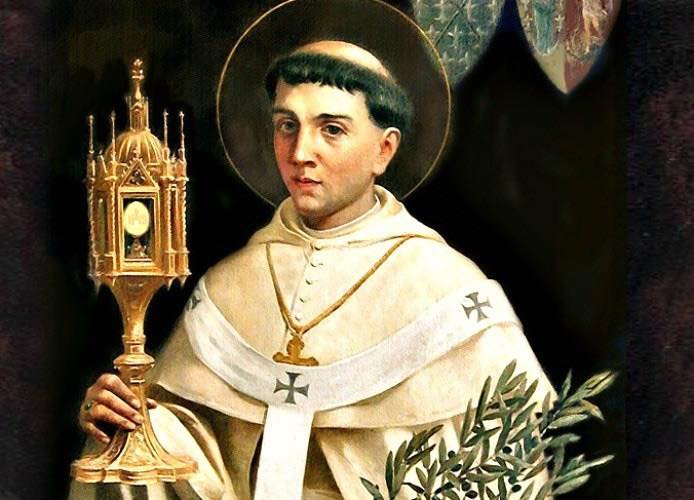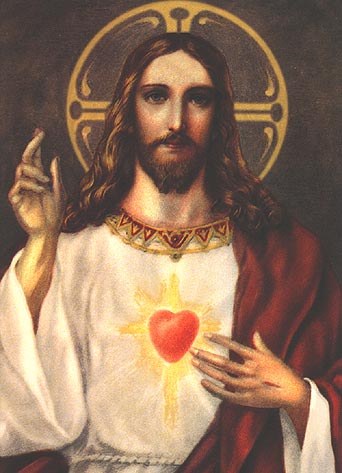 We are at the Pentecost –50 days since Easter. Are you ready (“made fit for the gift”) for the Holy Spirit to pour His gifts upon you? Have you asked for this outpouring?
We are at the Pentecost –50 days since Easter. Are you ready (“made fit for the gift”) for the Holy Spirit to pour His gifts upon you? Have you asked for this outpouring?
“But why did the Holy Spirit not come to them while Christ was present, rather than immediately after his departure? Instead, although Christ ascended on the fortieth day, the Spirit came to them when the day of Pentecost had come. …It was necessary for them to have a longing for the event, and so receive the grace. For this reason Christ himself departed, and then the Spirit came. For if he had been present, they would not have expected the Spirit so earnestly as they did. For this reason he did not come immediately after Christ’s ascension, but after eight or nine days. Our desire toward God is most awakened when we stand in need.
For this reason, John sent his disciples to Christ at the time when they were to be most in need of Jesus, during his own imprisonment. Besides, it was necessary that our nature should be seen in heaven and that the reconciliation should be perfected, and then the Spirit should come and the joy be unalloyed. For, if Christ had then departed, when the Spirit had already come, and the Spirit remained, the consolation would not have been so great as it was. For indeed they clung to him and could not bear to part with him. To comfort them he said, “It is to your advantage that I go away.” For this reason he delayed also for the intervening days, that they, for a while disheartened and standing, as I said, in need of him, might then reap a full and unalloyed joy.…For it cannot, it cannot be, that a person should enjoy the benefit of grace unless he is wary. Do you not see what Elijah says to his disciple? “If you see me as I am being taken from you, it will be granted you,” that is, you will have what you ask for.
Christ also said everywhere to those who came to him, “Do you believe?” For unless we are made fit for the gift, we do not feel its benefit very much. So it was also in the case of Paul: grace did not come to him immediately, but three days intervened, during which he was blind, being purified and prepared by fear. For just as the dyers first prepare the cloth that is to receive the dye with other ingredients to prevent the color from fading, likewise in this instance God first prepared the soul so that it was anxiously awaiting and then poured forth his grace. For this reason he did not immediately send the Spirit, but on the fiftieth day.
St. John Chrysostom, Homilies on the Acts of the Apostles 1.





